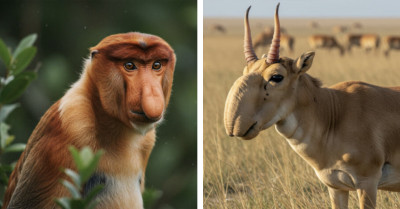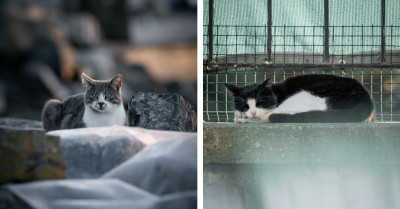Redditors Discover Vampire Finches: Little Birds from the Galapagos Islands That Survive by Drinking the Blood of Other Birds
This world is a wonderful place, full of beauty, diversity, and endless possibilities. Every day, we learn something new about nature and its many wonders.
The more we explore and study, the more we realize how truly amazing our planet is. From the vastness of the oceans to the depths of the canyons, nature never fails to amaze us.
We can learn about the intricate details of the species that inhabit the Earth, marvel at the power of the storms that rage across the skies, and appreciate the beauty of the changing seasons. Every day brings something new to explore and discover.
One interesting story was shared on Reddit about a bird that drinks the blood of other birds to survive the harsh environment on one of the Galapagos Islands.
The Galapagos Islands are well known as an evolutionary testing ground. Famously, a prehistoric tanager species spread and adapted to the various climatic conditions present on the different islands after migrating from South America some 1.5 million years ago.
Currently, the Galapagos archipelago is home to 18 species of "Darwin's Finches" (which are not technically true finches), with a 19th species discovered on Cocos Island off the coast of Costa Rica.
These birds are small, common, and amiable on Santa Cruz and San Cristobal islands, where the majority of visitors begin their Galapagos expedition.
However, these are large, wooded islands with steady water supplies. The northernmost island in the archipelago, Wolf Island, is a particularly distinct location.
Wolf, which was formed by a different volcanic system, is located 140 km north of the major islands. It isn't very big—less than 3 square kilometers.
Visitors are not allowed on the island, and only park employees and scientists occasionally go there. These adorable tiny birds on this remote volcano have transformed.
Finches have changed over time. They are vampire finches. About 250,000 years ago, their ancestor—possibly the modern giant ground finch—arrived on Wolf.
The island experiences significant dryness for most of the year due to a lack of natural water sources. Blood is the most reliable source of fluid.
The island is home to a large population of Nazca boobies, who welcomed us with their perpetually bemused expressions upon arrival. When they periodically rest on their folded wings, the finches fly among them, using their pointed beaks to locate and pluck off the growing feathers.
Read more about these fascinating birds below:
One Redditor shared:

Vampire Finch on a Nazca Booby at Wolf Island, Galapagos
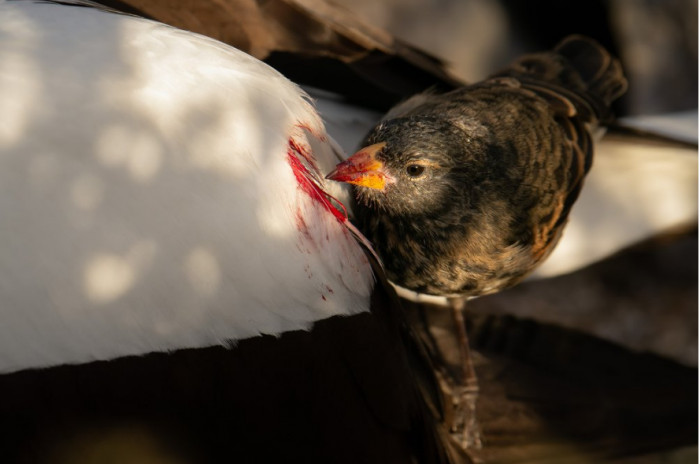
Finch on San Cristobal in the Galapagos
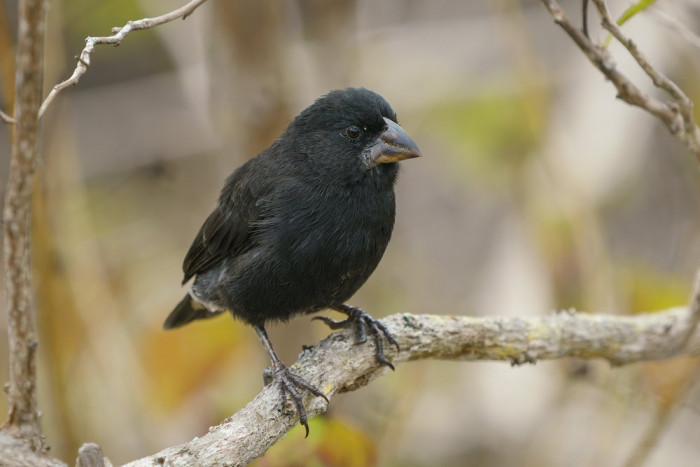
Exploring Unique Animal Adaptations
The behavior of vampire finches illustrates the complex interplay between survival and adaptation in the animal kingdom. Dr. Richard Dawkins, an evolutionary biologist, emphasizes that adaptations often arise from the need to survive in specific environments.
This case highlights how different species develop unique strategies to thrive, emphasizing the intricate balance of ecosystems.
Vampire Finch on Wolf Island, Galapagos
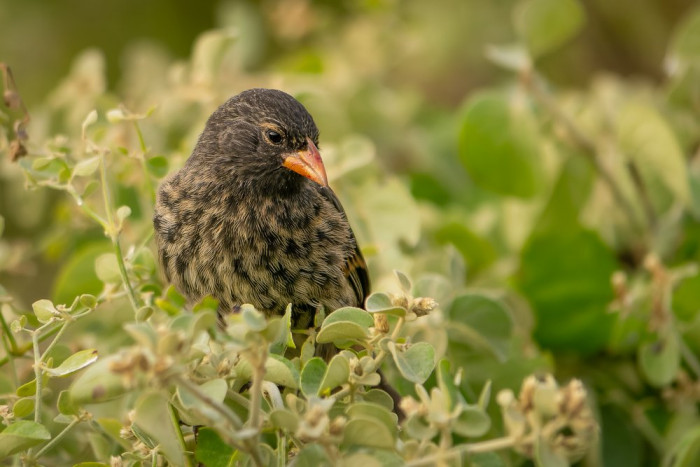
Main Source of Food: Nazca Boobies
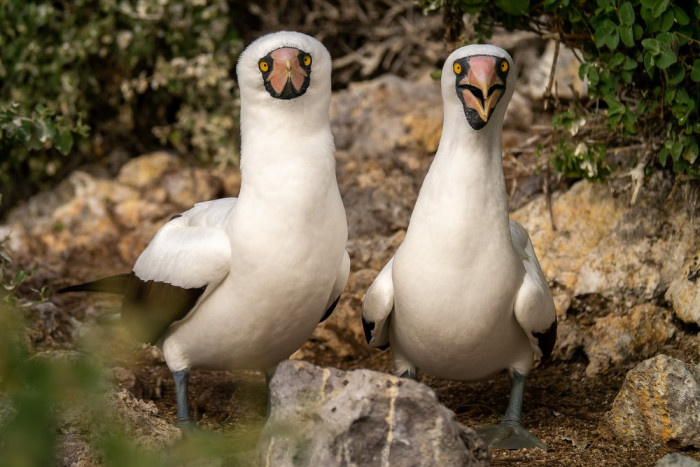
This blood-drinking behavior is thought to have evolved from the finches pecking out parasites.
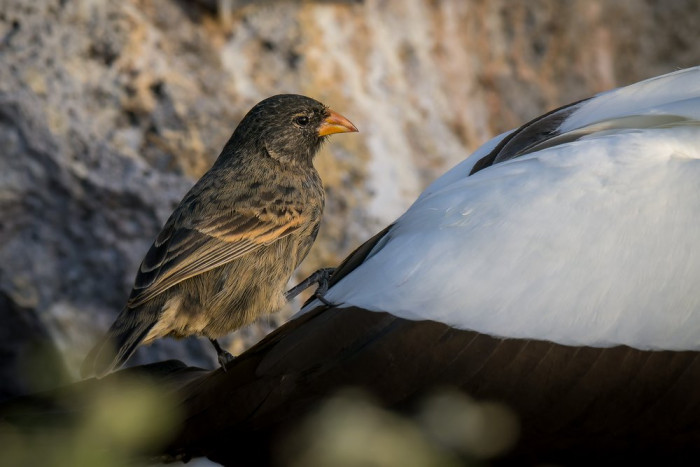
Understanding the ecological impact of such behaviors can provide insight into the interconnectedness of species. Research published in the Journal of Ecology suggests that predator-prey relationships play a crucial role in maintaining ecosystem balance.
The relationship between vampire finches and their primary food source reflects the delicate balance of nature and the adaptations that arise from it.
To put it mildly, it appears horrific.
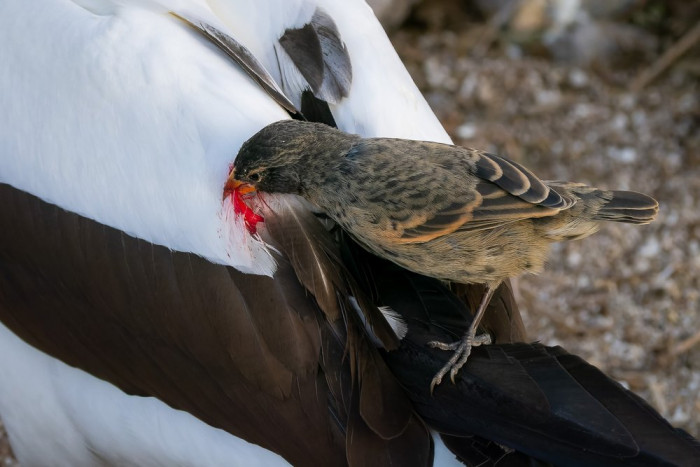
The Boobies Don't Seem to Be Overly Troubled
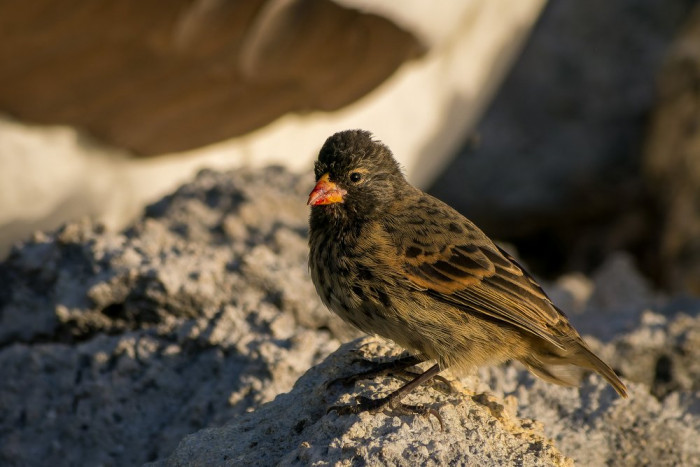
They Barely Seemed to Notice the Finches.
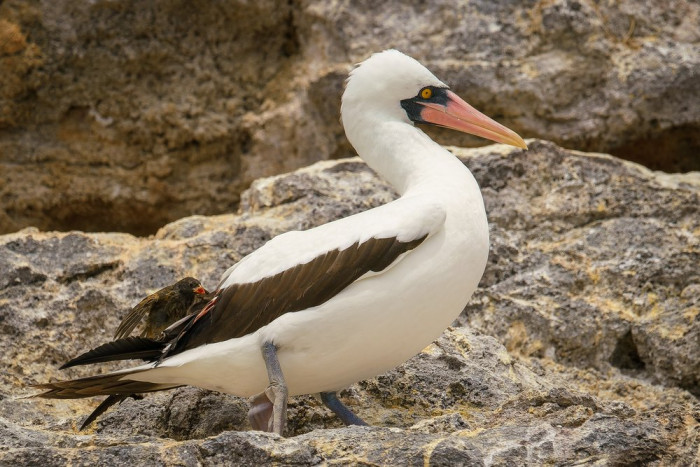
The Ethics of Animal Behavior Studies
The unique feeding behavior of vampire finches raises ethical questions about animal behavior studies. Dr. Peter Singer, a philosopher and bioethicist, argues that understanding animal behavior should include considerations of ethical treatment and welfare.
This perspective encourages researchers to reflect on the implications of their studies for animal welfare and the ethical considerations surrounding research methodologies.
Watch the Video Here:
The boobies' white feathers are stained by the blood that freely oozes from the incision. Finches were occasionally slurping it up in succession.
It is believed that the finches' parasite-eating activity led to the development of this blood-drinking behavior. To put it mildly, it appears ghastly, yet the boobies didn't seem very alarmed.
The birds appeared to scarcely notice them.
Engaging in discussions about animal behavior and ethics can broaden understanding and foster empathy towards all living beings. Research indicates that exposure to diverse viewpoints can lead to greater compassion and ethical awareness.
By promoting open dialogues about these topics, individuals can cultivate a deeper appreciation for the complexity of animal behaviors and their implications for ecology.
Psychological Analysis
Our in-house psychologist notes that discussions about animal behavior can evoke strong emotions and ethical considerations.
Encouraging open dialogues about these topics can enhance understanding and promote compassion towards all living beings.
Analysis generated by AI
Analysis & Alternative Approaches
Understanding animal behaviors and adaptations offers insights into the intricate balance of ecosystems.
Psychologists emphasize the importance of exploring the ethical dimensions of animal behavior research.
By engaging in thoughtful discussions about animal welfare, individuals can foster a deeper appreciation for the interconnectedness of life.
